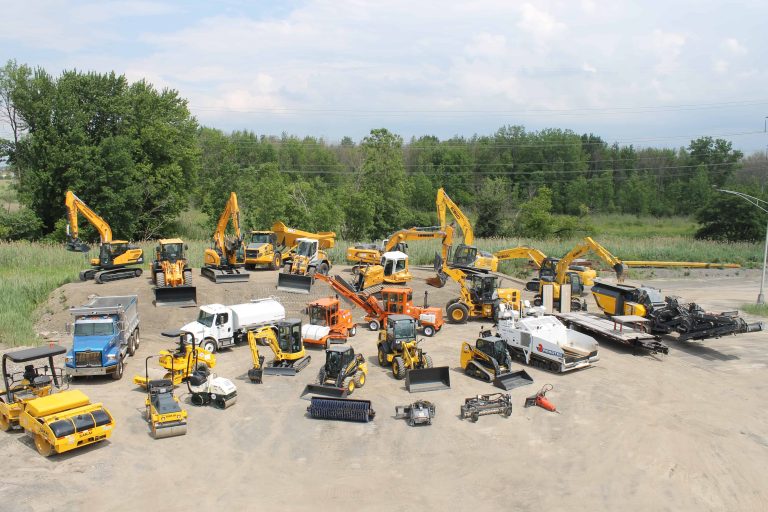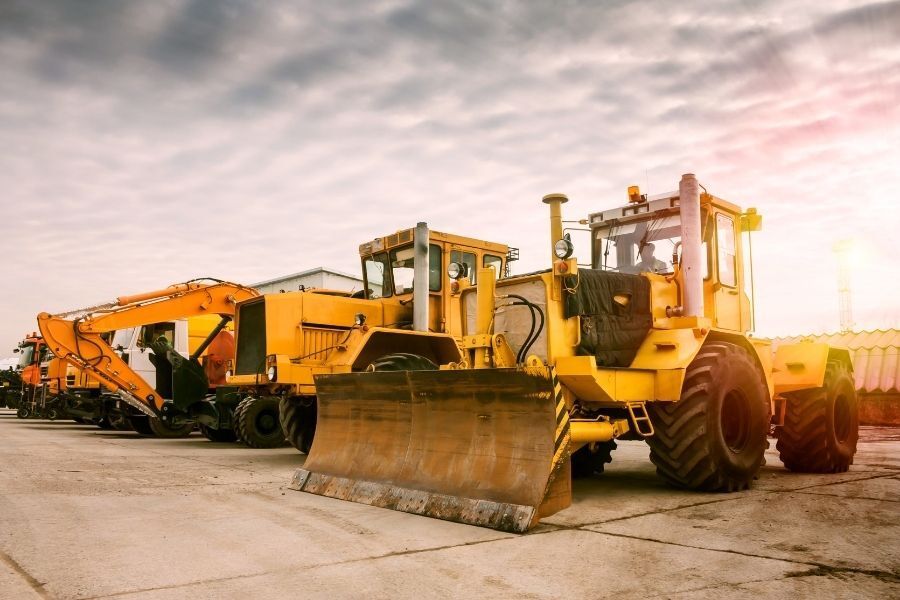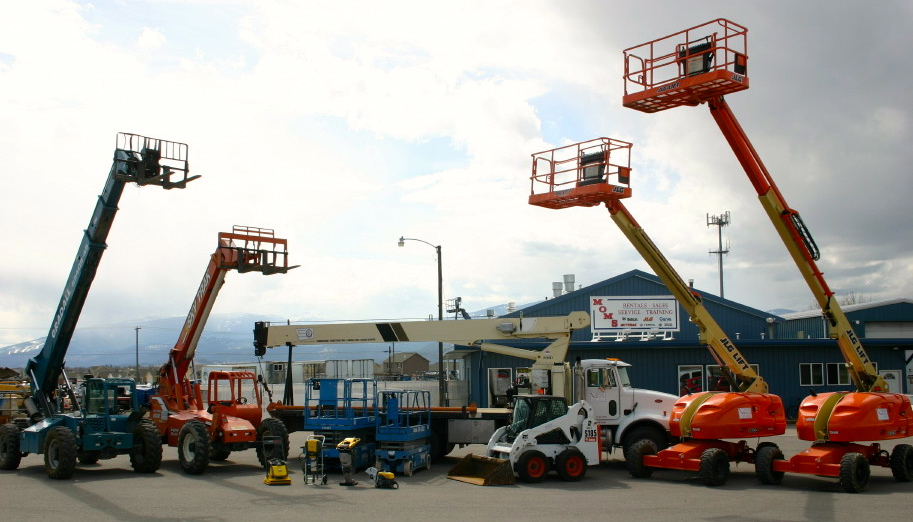Boom Lift Rental: Inexpensive and Trustworthy Lifts for Any Type Of Job
Boom Lift Rental: Inexpensive and Trustworthy Lifts for Any Type Of Job
Blog Article
Optimize Your Spending Plan by Recognizing the Costs Related To Building And Construction Devices Rentals
Understanding the full scope of expenses related to building and construction equipment leasings is crucial for optimizing your budget plan. While the initial rental fee may seem simple, various added costs-- such as transportation, fuel surcharges, and maintenance-- can quickly build up, influencing your economic planning. Being aware of numerous charges and the intricacies of rental arrangements can assist prevent unanticipated monetary problems. What approaches can be employed to efficiently take care of these costs and make certain a much more reliable rental experience?
Review of Rental Expenses
When taking into consideration construction devices rentals, recognizing the connected expenses is vital for efficient budgeting and project preparation. Rental costs can vary considerably based on numerous elements, consisting of tools kind, period of rental, and location. The initial rental charge usually reflects the equipment's market need and its associated functional abilities, affecting the total cost.
In addition to the base rental price, ancillary prices may occur, such as transport fees, gas additional charges, and upkeep fees. It is important to account for these extra costs to properly analyze the complete price of renting equipment. In addition, the rental duration can affect rates; longer leasings may receive discounted prices, while short-term rentals may incur higher daily costs.

Failure of Rental Prices
A detailed understanding of rental rates is necessary for contractors and job managers intending to enhance their budgets. Rental prices for construction devices generally include numerous parts, including base prices, time-based charges, and use charges.
Base prices are the core fees related to the leasing of the equipment, typically established by the type and dimension of the machinery. These rates can vary substantially, influenced by aspects such as tools need, availability, and regional market fads. Time-based fees, which may be daily, weekly, or monthly, offer to fit various project timelines and rental durations.
Furthermore, rental prices might include use costs, which apply when equipment is used past a specified threshold, making sure that the rental company can represent deterioration. Seasonal need changes can additionally influence rental prices, with peak building and construction seasons commonly regulating greater rates.
Moreover, understanding the rental firm's policies pertaining to maintenance and insurance policy can provide additional insight into the overall expense framework. By evaluating these elements, professionals can make enlightened decisions, ensuring the option of rental tools straightens with both project requirements and spending plan restraints.
Additional Charges to Take Into Consideration
Recognizing the ins and outs of extra fees is important for service providers to handle their overall leasing expenses properly. Past the common rental rates, different supplemental costs can substantially influence the complete cost of equipment leasing. These charges typically include distribution and pickup costs, which can differ based on range and logistics associated with carrying the tools to and from the job site.
In addition, some rental firms may impose fuel surcharges if the tools is returned with less fuel than when rented out. It is likewise important to understand possible cleaning fees, particularly for specific equipment that needs extensive upkeep after more helpful hints use.

Thoroughly evaluating the rental agreement and clearing up these extra fees upfront can assist service providers ensure and avoid unforeseen costs that budgets stay intact throughout the task lifecycle.
Maintenance and Fixing Expenses
Normal maintenance and fixing costs are usually overlooked aspects that can substantially affect the general cost of building equipment rentals. When leasing devices, it is essential to consider not only the rental costs yet additionally the potential prices associated with maintaining the machinery in ideal operating problem.
Many rental firms consist of fundamental maintenance as component of the rental agreement; nevertheless, more comprehensive fixings or unforeseen failures can cause extra expenditures. It's important to examine the rental contract carefully to comprehend what maintenance solutions are covered and what obligations fall on the tenant.
Moreover, tools that is not well-maintained can lead to inefficiencies on the work site, potentially creating hold-ups and increasing job prices. To mitigate these threats, it is advisable to carry out normal inspections and preserve open interaction with the rental service provider relating to any problems that arise throughout use.
Insurance and Responsibility Costs
Insurance policy and liability costs are critical elements that can substantially impact the total tower lift concrete mixer machine price expense of building and construction equipment rentals (boom lift rental). These prices make sure that both the rental company and the customer are secured from prospective financial losses occurring from accidents, damages, or theft throughout the rental duration

In addition, clients need to recognize any type of deductibles or exclusions in the insurance coverage plan, as these can influence possible out-of-pocket costs. Understanding the conditions of any kind of insurance coverage is crucial to stay clear of unexpected costs. Eventually, budgeting for insurance coverage and liability expenses can help ensure a smoother rental experience and secure versus monetary dangers connected with construction projects.
Conclusion
In verdict, a thorough understanding of the costs connected with building and construction equipment services is vital for effective spending plan management. Ultimately, informed decision-making concerning devices services adds to the general success of building endeavors.
Rental costs can differ considerably based on a number of factors, consisting of tools kind, period of leasing, and location (construction equipment rentals). The rental duration can impact pricing; longer leasings might qualify for discounted rates, while temporary services could incur greater everyday fees
By performing thorough research and involving with trustworthy rental firms, contractors can properly browse the complexities of rental prices, eventually optimizing their economic sources.
Past the standard rental prices, various supplementary fees can considerably impact the complete cost of devices service. Rental companies frequently provide liability insurance coverage that covers injuries to click reference 3rd parties or damages to residential or commercial property, while equipment damage insurance can cover the cost of repair work or substitute if the rented equipment is harmed.
Report this page